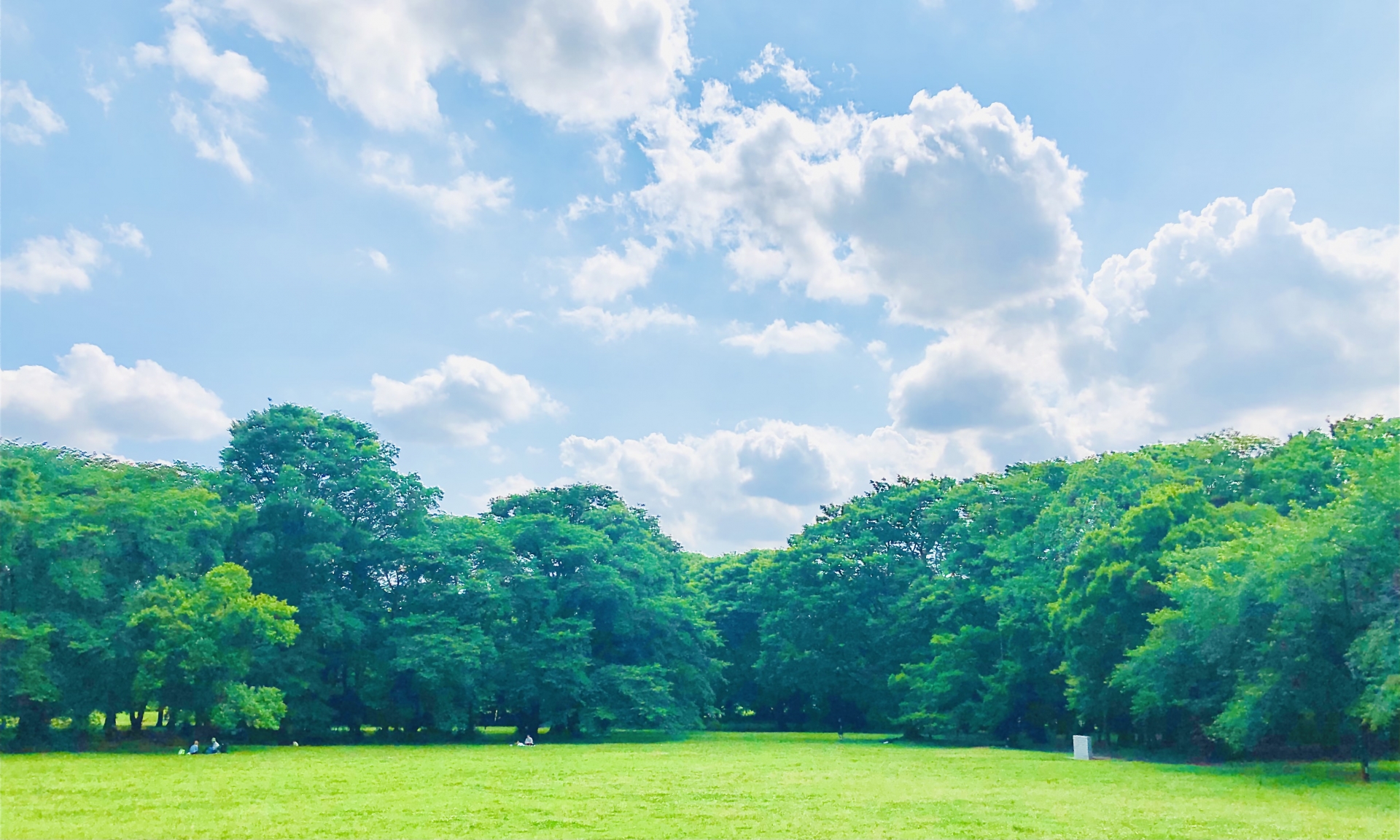
Mao Goto is a Japanese freelancer who was born in Hayama, Kanagawa prefecture and raised in Tokyo. Since 2016 she lives in the Taito Ward, home to a lot of Japanese culture hotspots such as Asakusa, Akihabara, and Ueno. She has been interested in the field of English education of Japan and got her Master’s degree in March, 2020. A lover of photography, travel, sweets, and cross-stitch. Contact her via Facebook.
This post may contain some affiliate links. When you click through and make a purchase we may receive some commission, at no extra cost to you.
Everyone knows that breakfast is the most important meal of the day! It’s the first meal that you eat when you wake up in the morning, making it a crucial step to start your day. Like most countries, people in Japan consider breakfast to be a way for people to fuel up in the morning. This is why when making breakfast, a well-balanced meal consisting of a main dish and several side dishes is carefully crafted each and every morning. While breakfast takes many forms across the world, such as oatmeal, cereal, and bread, in this article, we will look at what a traditional breakfast in Japan looks like and what makes it truly unique.
▼The best place to try traditional breakfast in Tokyo: Tsukiji
What is a Traditional Japanese Breakfast?
Traditional Japanese breakfast usually follows the style of a Japanese set meal, with the staple being rice and miso soup with ohitashi (boiled vegetables) served on the side. Natto (fermented soybeans), pickles, and grilled fish are often also served on the side to help complement the rice. The harmonious pairing between carbohydrates, vegetables, and fermented foods is what makes the meal set well-balanced and nutritious.
A Japanese breakfast set is based on the concept of “a simple meal with one soup and one side dish.” This concept refers to the idea that meals in Japan should always have a total of three dishes (one bowl of rice, one cup of soup, and one side dish). Let’s look at the individual aspects separately in order to get a better appreciation for the meal as a whole.
1. Rice
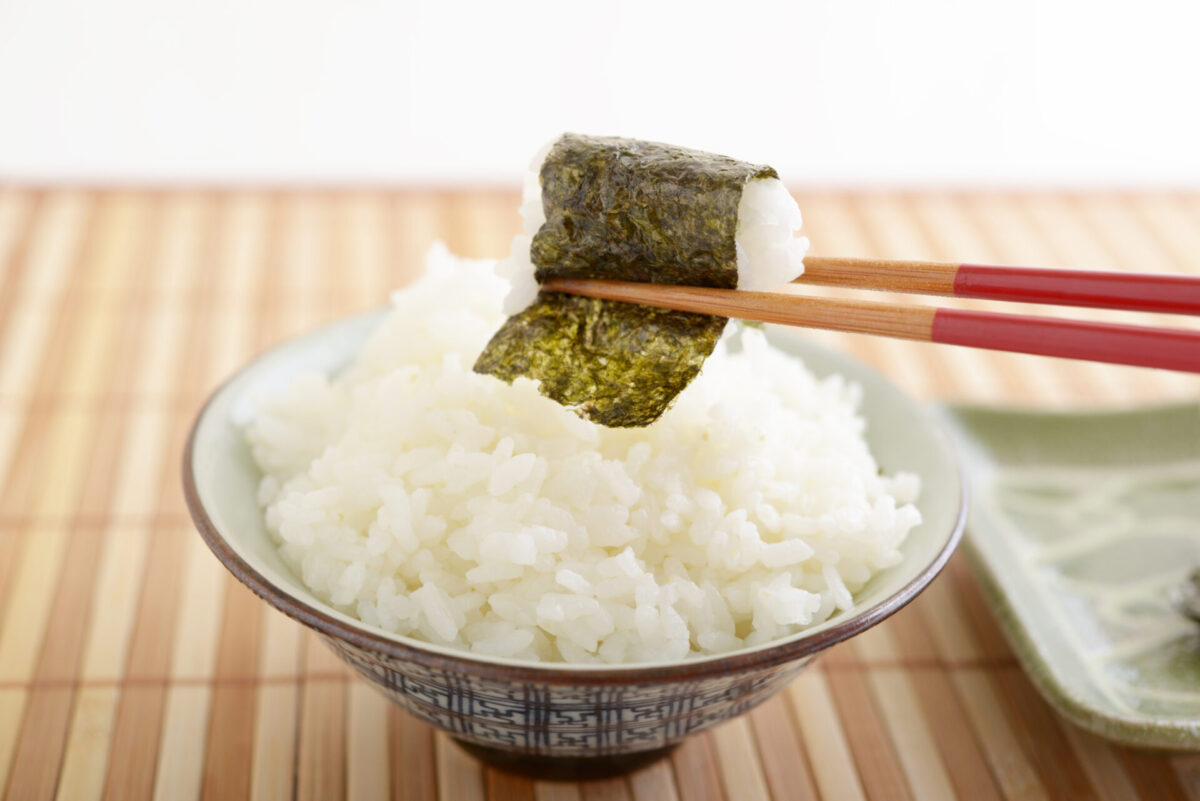
Rice is an essential part of not just a traditional Japanese breakfast, but of food here in Japan as a whole. Rice is rich in carbohydrates and provides a charge of energy to run the body and brain all day long. While white rice has traditionally been the backbone of the Japanese diet, recently, health trends have given a rise in the consumption of brown rice and five-grain rice as they contain many minerals and nutrients and have been said to be effective in suppressing increasing blood sugar levels.
2. Miso soup
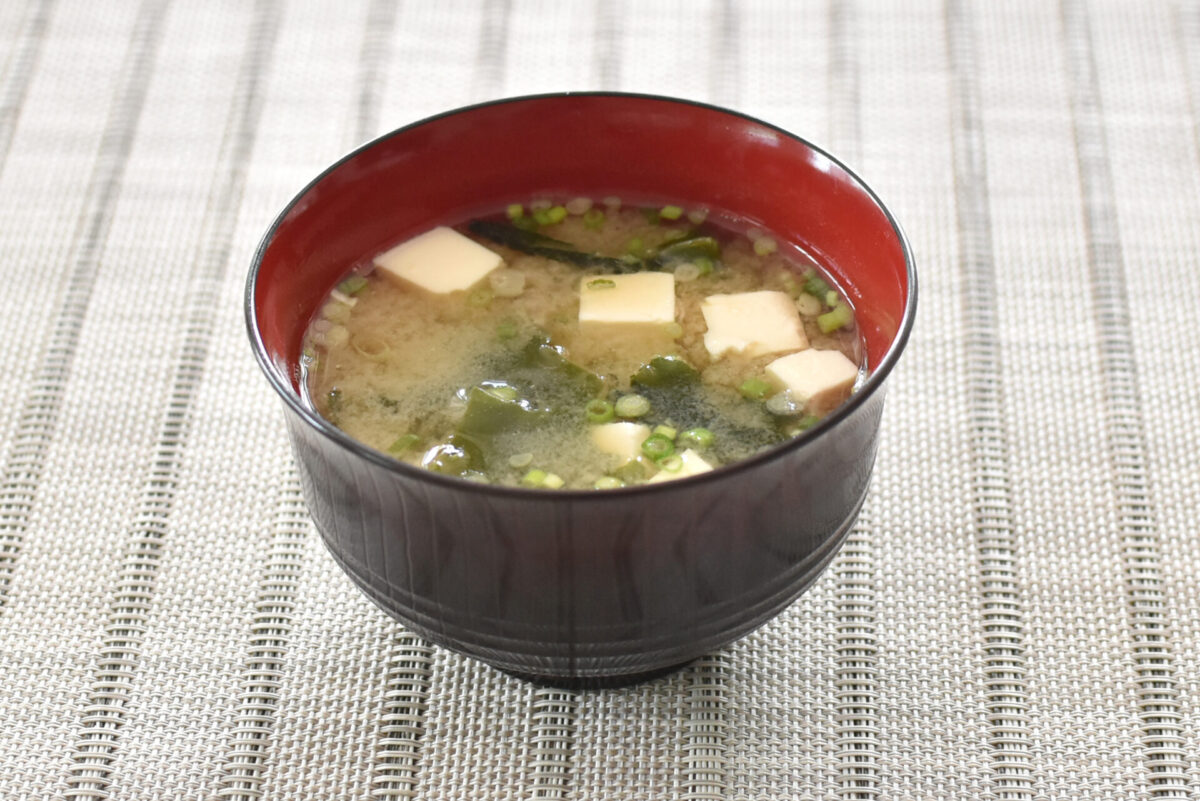
Miso soup is another dish that is always present in a traditional Japanese breakfast. Miso soup is made by boiling a number of raw ingredients in hot water and then dissolving the miso paste to make the broth. The typical ingredients for miso soup are tofu and wakame seaweed. Recipes vary by the household but other common ingredients include deep-fried tofu, eggplant, and mushrooms. There are many types of miso sold in supermarkets, including red and miso, and the taste varies completely depending on the types of miso that you use. The result is a rich Japanese soup that is enjoyed throughout the year and is sure to warm you up.
3. Natto
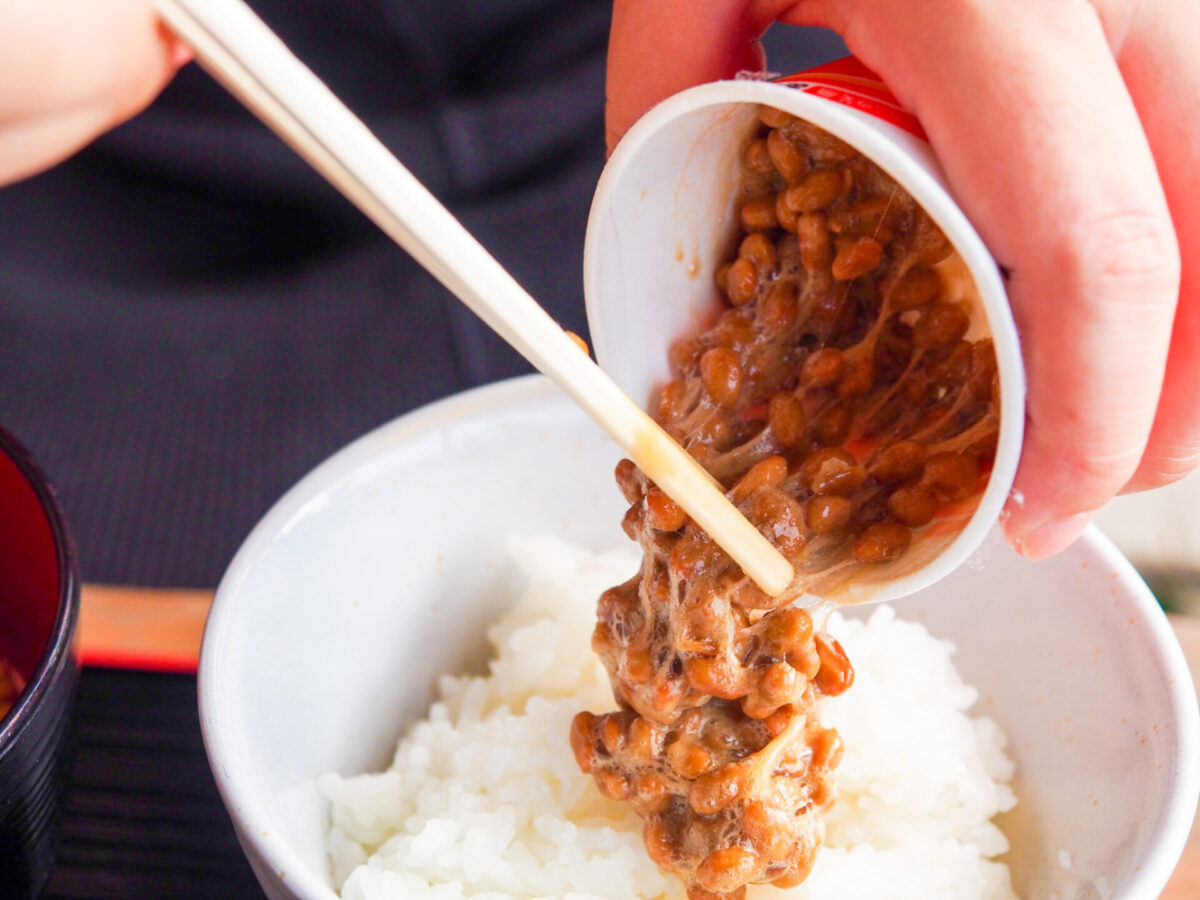
Natto is another typical breakfast food in Japan and is made by fermenting soybeans. It is a sticky, almost paste-like food and is sold cheaply in supermarkets. Due to its sticky and stinky nature, not everyone is particularly fond of natto and in many cases, foreigners can have a difficult time enjoying this traditional Japanese treat. However, since natto is made from soybeans, it is rich in protein and incredibly healthy. It’s highly recommended that even if you don’t care for natto’s stickiness you at least give it a try for your health.
4. Tamago-yaki
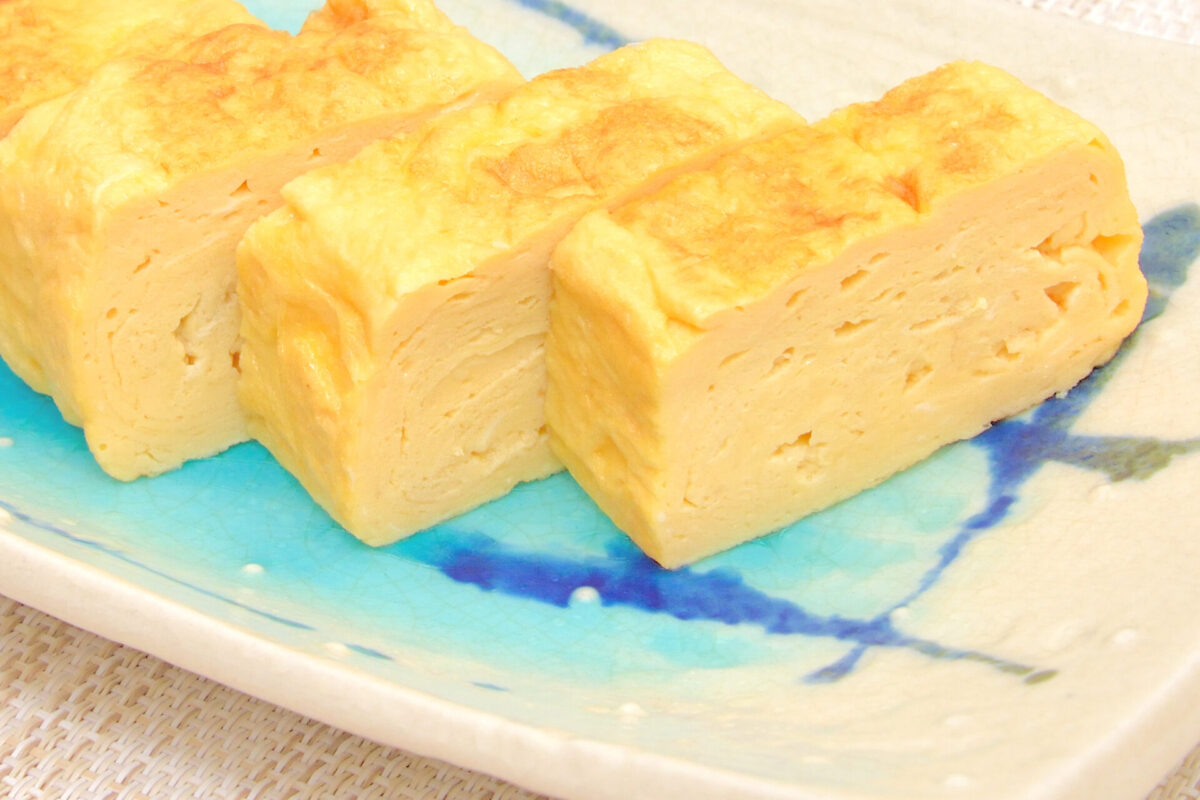
Tamagoyaki is a delicious breakfast egg dish served in Japan. It is made by repeatedly spreading a beaten egg solution in a hot square pan and then repeatedly rolling it up when it is lightly cooked. Mirin (sweet rice sake), soy sauce, sugar, and dashi (Japanese soup stock) are added to flavor the beaten egg solution, giving it a unique taste different than just regular eggs. Due to its sweet taste, tamagoyaki is a very popular dish among many people, especially with kids. However, if sweet things are not to your liking, dashimaki tamago is also an option. It is made by mixing dashi broth into a beaten egg solution and then baking it. Simply put, it is a non-sweet tamagoyaki.
While tamagoyaki is a popular breakfast dish, If you cut the baked tamagoyaki into pieces, it can be used as a suitable filling for your lunch box. It goes well with rice, other side dishes, and can even be turned into a sandwich!
The special square frying pan used to make tamagoyaki is called “tamagoyaki-ki (卵焼き器)” in Japanese, and is a cooking utensil that is widely found in most Japanese households. The process of making tamagoyaki is simple and easy, so if you get your hands on a tamagoyaki-ki, you should definitely give it a try.
5. Yakizakana
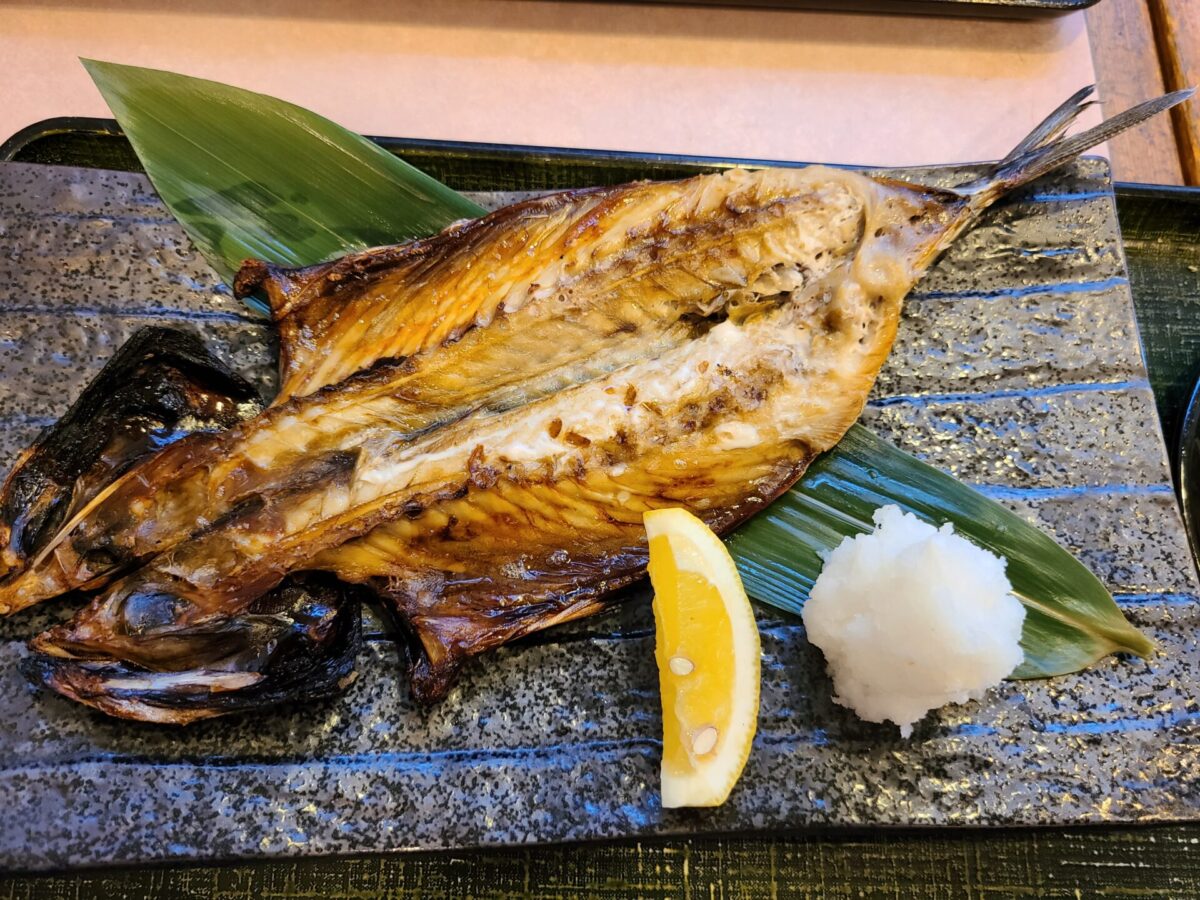
One of the most popular side dishes is “Yakizakana”. Yakizakana is fish that has been grilled well and eaten with rice. There are many types of fish cooked for yakizakana, and common fish include mackerel, horse mackerel, saury, atka mackerel, and salmon. Cooking yakizakana is very simple. Just sprinkle a good amount of salt on the open fish, whole fish, or a fish fillet and broil it on the grill or charcoal grill until well browned. The freshly grilled fish is delicious and the salt enhances the flavor of the fish.
Although it is a very simple dish, you can still enjoy the depth of the flavor of the fish itself in its entirety. Grilled fish goes well with rice and is very tasty when eaten together. It’s not only good for breakfast but is also an excellent snack that pairs well with sake. The savory aroma of the fish in your mouth is gently quenched by the calmness of the sake, a reaction that causes you to crave for more of both.
6. Ohitashi

Ohitashi is a Japanese vegetable dish made by dipping boiled vegetables in a seasoning solution of dashi stock and soy sauce (or dashi-tsuyu). Recently, the dish of boiled vegetables dipped in soy sauce or dashi-tsuyu is also often considered as ohitashi. Spinach and komatsuna are the most common vegetables used for ohitashi. They contain iron, which is said to be effective in preventing anemia. If you add dried bonito flakes to ohitashi, the flavor increases and makes your ohitashi even more delicious. It is important for your health to include vegetable dishes in a well-balanced meal set and so ohitashi is a must in the morning.
7. Otsukemono
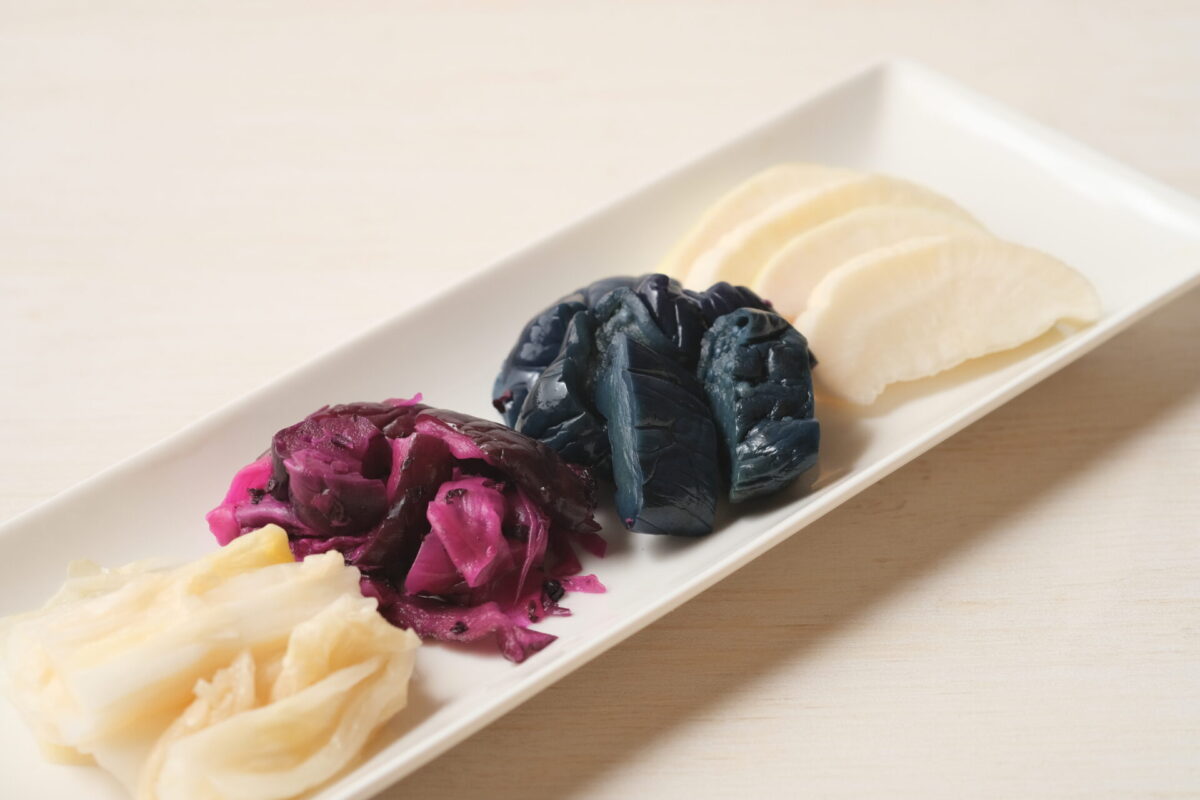
Otukemono is a dish of Japanese pickles made by fermenting various ingredients in a pickling liquid such as vinegar or salt for an extended period of time. Moreover, materials containing fermentative bacteria such as bran or koji mold are also often used as the pickling liquid in order to produce such pickles. Most of the ingredients used for otsukemono pickles are vegetables such as cucumbers, turnips, Japanese radish, and eggplants. The taste of otsukemono changes depending on the ingredients and pickling liquid you use and so while traveling in Japan, you’ll find different styles and flavors everywhere you go. Kombu (kelp) is also often added to increase the umami flavor of the pickles. Since otsukemono has a strong flavor, it is an ideal accompaniment to rice and you will most likely not be able to stop eating until you reach the bottom of the bowl.
The traditional set of a Japanese breakfast is not only well-balanced nutritionally, but also delicious when it comes to flavor. While cooking at home is one way to experience the flavors of a Japanese breakfast at home, we also highly recommend trying authentic Japanese food at a local restaurant as well. Many restaurants may offer teishoku set menus that lets you try a bit of everything, so be sure to check them out. With a traditional Japanese breakfast, you’ll always start your day off on the right foot!
Japanese breakfast cooking experience
- Cook Japanese Breakfast in Tokyo
- Easy home cooking at home! Japanese breakfast
- Japanese breakfast cooking in Kyoto

Japan Wonder Travel Food Tours
Japan Wonder Travel is a travel agency that offers guided tours throughout Japan.
From private walking tours to delicious Food and Drink tours, we can help organize the best tours just for you! If you want to explore Japan and learn more about the history and backstories of each area you are traveling in, our knowledgeable and friendly guides will happily take you to the best spots!
In addition, we can provide you with any assistance you may need for your upcoming trip to Japan, so please feel free to contact us if you have any questions or need some help!
▶Tokyo Tsukiji Fish Market Food and Drink Tour
Explore the most lively and popular fish market in Tokyo where you will have the chance to try some of the local’s favorite street foods and sake along with your friendly English speaking guide!

▶Shinjuku Bar Hopping Tour: Experience Tokyo’s Nightlife in Izakaya
Check out the best spots in Shinjuku while bar hopping through the lively and vibrant area. Try some delicious local food and drink as you explore the narrow yet photogenic alleys that the town has to offer. Experience Japanese izakaya culture and drink in Shinjuku like the locals!
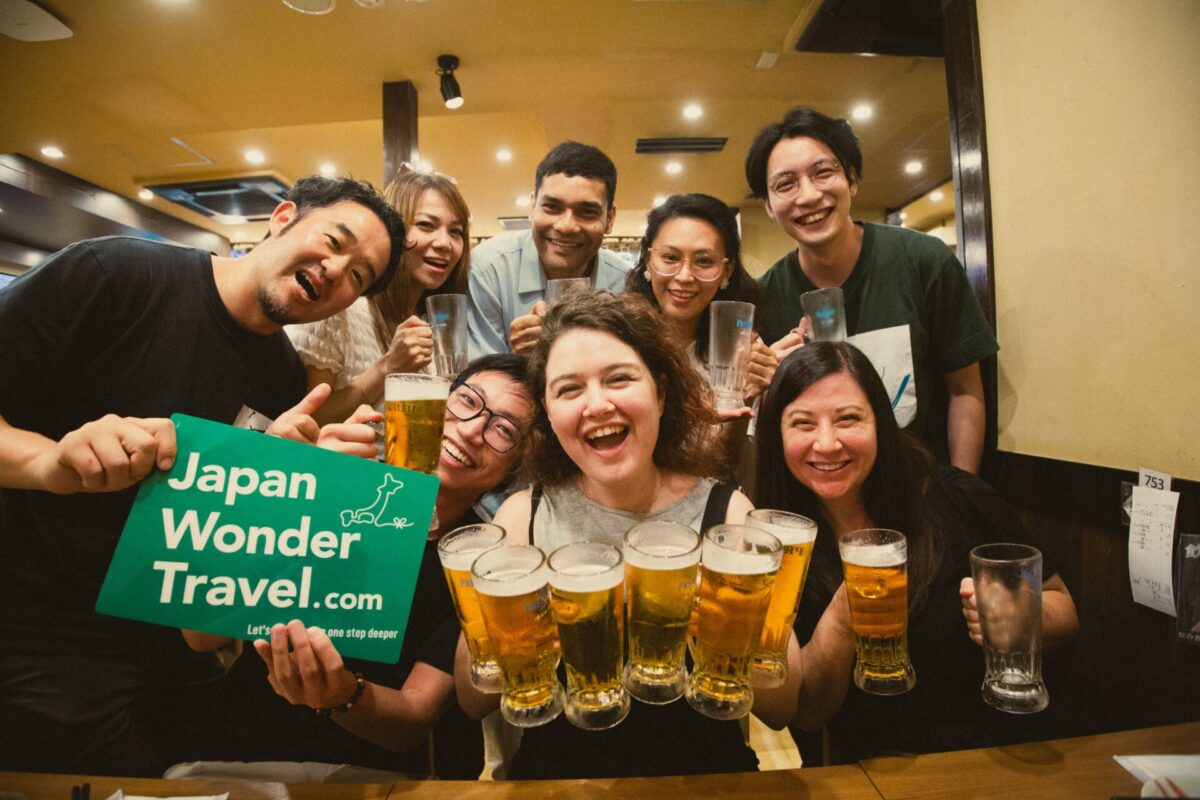
▶Explore Nishiki Market: Food & Culture Walk
If you’re looking to learn more about the culture and the local cuisine of Kyoto, this is the perfect tour for you! Take part in this Kyoto food and drink tour and explore the 400-year-old market and the surrounding areas.
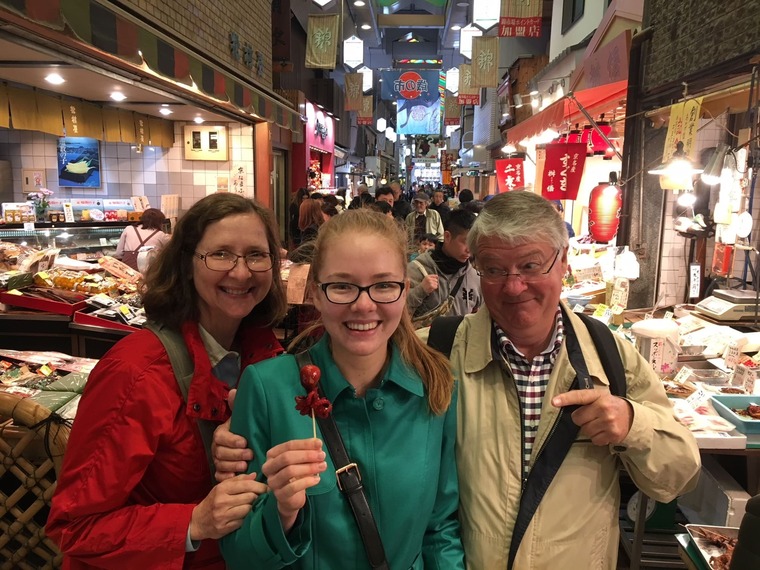
Follow us on Instagram, Facebook, Twitter, and TikTok for more travel inspiration. Or tag us to get featured!
Happy traveling!
Subscribe to our newsletter!






